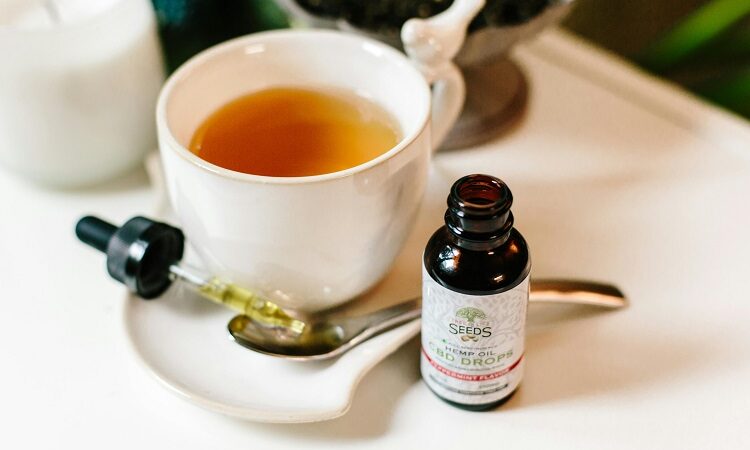What Is Kratom: A Comprehensive Guide

Kratom, scientifically known as Mitragyna speciosa, is a tropical evergreen tree native to Southeast Asia. It has gained significant popularity in recent years due to its potential medicinal properties and recreational use. Kratom leaves have been traditionally used by indigenous communities for centuries, but its use has now spread globally. In this article, we will explore the origins of kratom, its chemical composition, potential benefits, and concerns surrounding its use.
Section 1: Origins and Cultivation
Kratom trees are primarily found in countries such as Thailand, Indonesia, Malaysia, and Papua New Guinea. These regions provide the ideal climate and soil conditions for kratom to thrive. The tree can grow up to 80 feet tall and has dark green leaves that are oval-shaped and glossy. The leaves contain several active compounds, including mitragynine and 7-hydroxymitragynine, which are responsible for the effects of kratom.
The cultivation of kratom involves harvesting the leaves from mature trees. Traditionally, only the leaves were used, but modern methods involve grinding the leaves into a fine powder or producing extracts for various applications. The powder is often consumed orally or brewed into tea, while extracts can be found in capsule or liquid form.
Section 2: Potential Benefits of Kratom
Kratom has been used for centuries by indigenous communities to alleviate pain, boost energy levels, and enhance mood. It is believed to have analgesic properties due to its interaction with opioid receptors in the brain. As a result, it has gained popularity as an alternative to prescription painkillers.
Additionally, kratom is known for its stimulant effects at lower doses, providing increased focus and alertness. This makes it appealing to individuals seeking a natural energy boost without the jitters associated with caffeine or other stimulants.
Furthermore, kratom has been reported to have mood-enhancing properties, potentially helping individuals with anxiety or depression. It is believed to interact with serotonin and dopamine receptors, which are neurotransmitters responsible for regulating mood.
Section 3: Concerns and Controversies
While kratom has gained popularity, it is not without its controversies. The main concern surrounding kratom is its potential for addiction and dependence. Some individuals have reported experiencing withdrawal symptoms when discontinuing its use, including irritability, insomnia, and muscle aches. Long-term use of kratom may also lead to tolerance, requiring higher doses to achieve the desired effects.
Furthermore, the U.S. Food and Drug Administration (FDA) has raised concerns about the safety of kratom. They have issued warnings regarding the potential for kratom products to be contaminated with harmful substances, such as heavy metals or salmonella. Additionally, the FDA has not approved kratom for any medical use, citing a lack of scientific evidence supporting its efficacy and safety.
Section 4: Legal Status and Regulation
The legal status of kratom varies across different countries and regions. In some countries, such as Thailand and Malaysia, kratom is classified as a controlled substance and its possession or distribution is illegal. In contrast, other countries, including the United States and many European nations, allow the sale and consumption of kratom, although regulations may vary.
In the United States, the Drug Enforcement Administration (DEA) has considered classifying kratom as a Schedule I substance, which would make it illegal nationwide. However, due to public outcry and ongoing research, the decision has been delayed. Some states have implemented their own regulations, such as age restrictions or labeling requirements.
Conclusion:
Kratom is a tropical evergreen tree native to Southeast Asia that has gained popularity for its potential medicinal properties and recreational use. Its leaves contain active compounds that interact with opioid receptors, providing analgesic effects and mood enhancement. However, concerns regarding addiction, dependence, and safety have been raised. The legal status of kratom varies across different countries and regions, with ongoing debates and regulations being implemented. As with any substance, it is important to approach kratom with caution and consult a healthcare professional before use.






